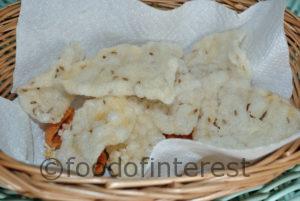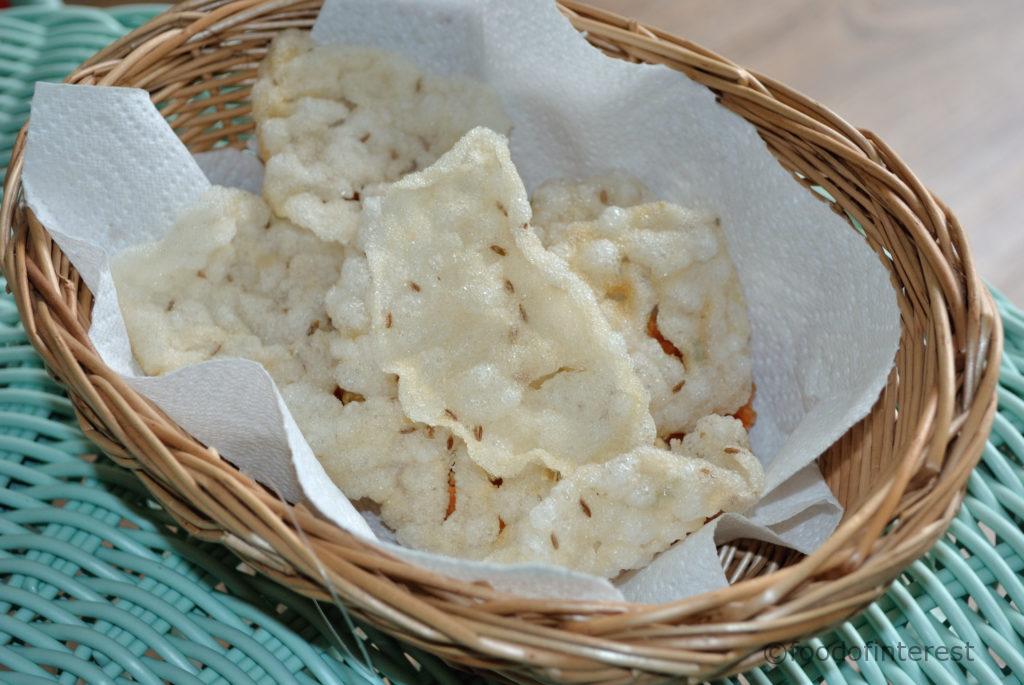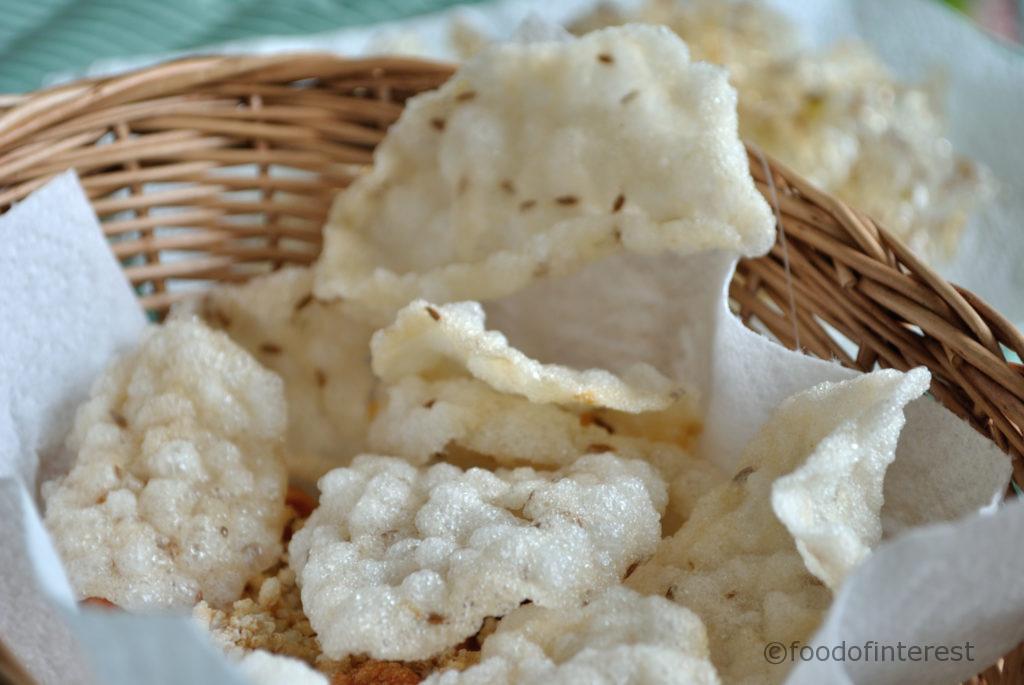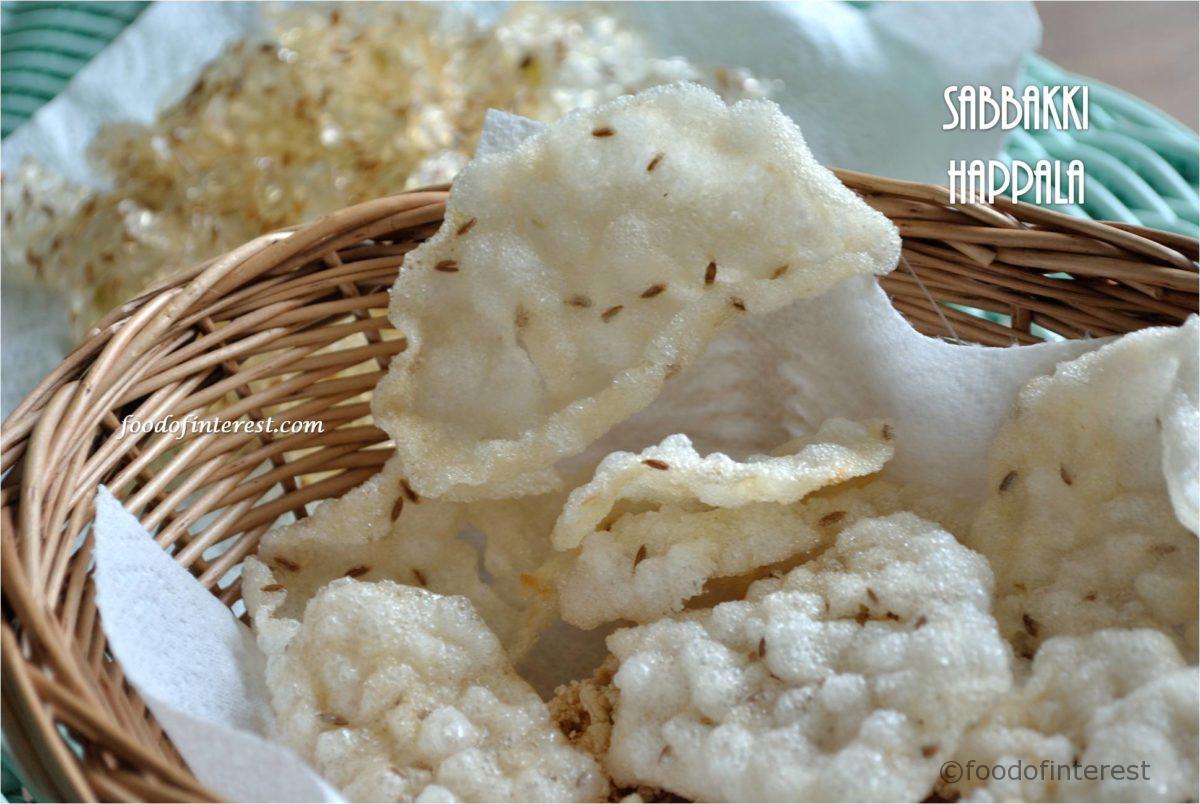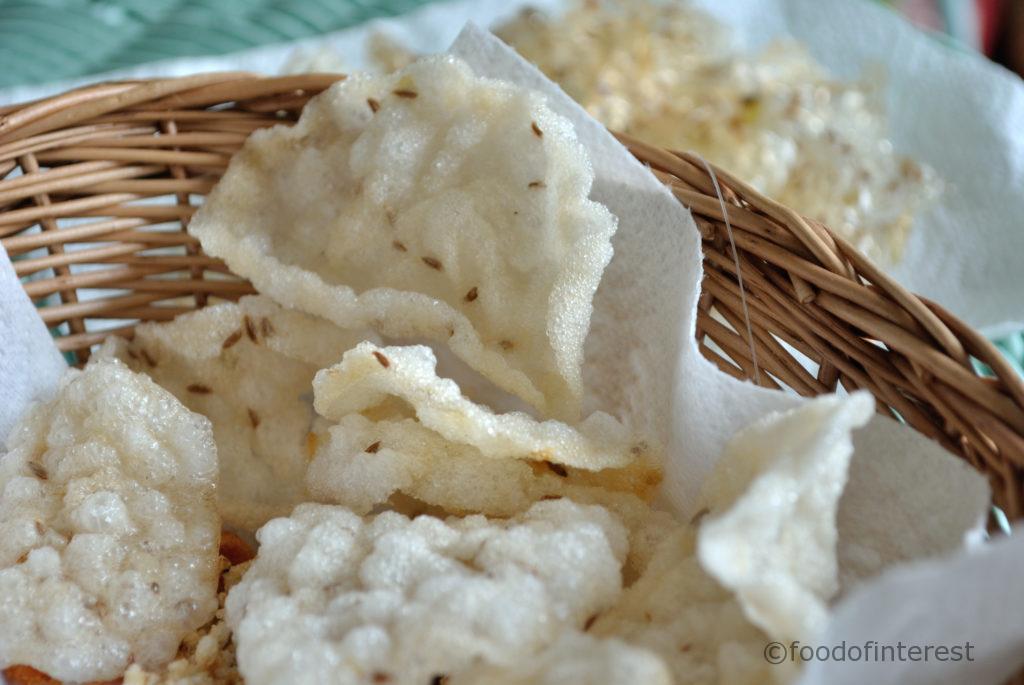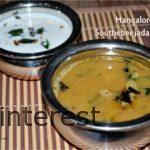The quality of a meal almost entirely depends on the side dishes and condiments that are served with it. They pretty much define your food! For a typical South Indian everyday lunch it will have saaru/rasams like menasina saaru (pepper rasam), carrot saaru and sambars like sorekayi kootu, Mangalore southekayi sambar. Some sabudana happala to go with, yum!
Then there are side dishes like a palya and some saasme/raitha. Pickles and papads and happala must feature with these kind of dishes. We used to make happala and sandige at home every year during the summer holidays. A mango based lunch followed by making these happala and sandige used to be a big family affair. Pickling also was a very important activity to bring the whole family together.
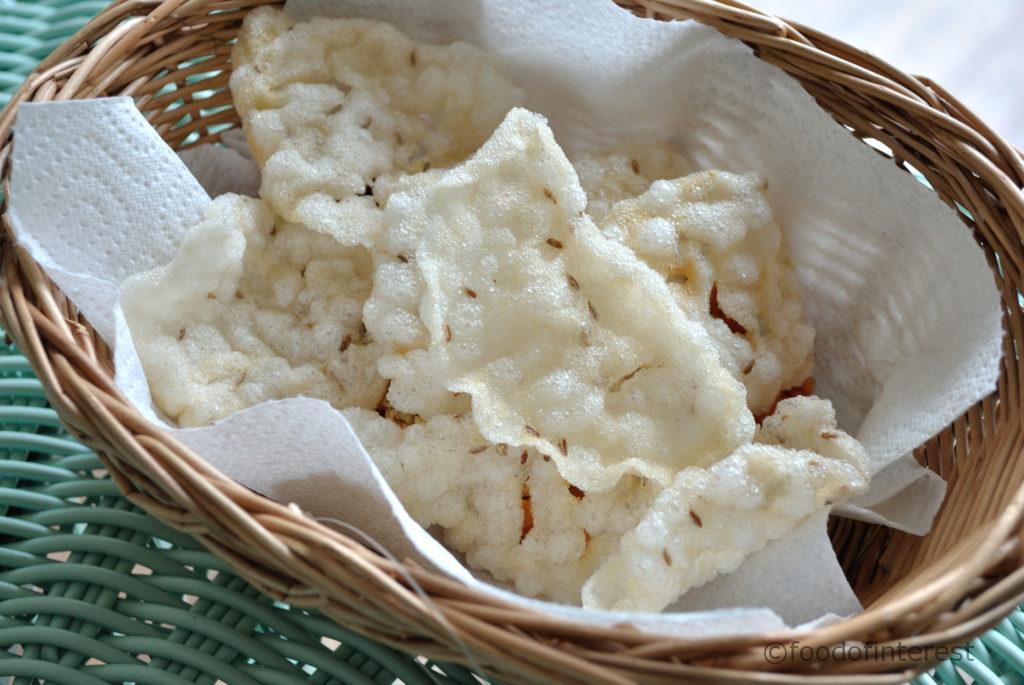
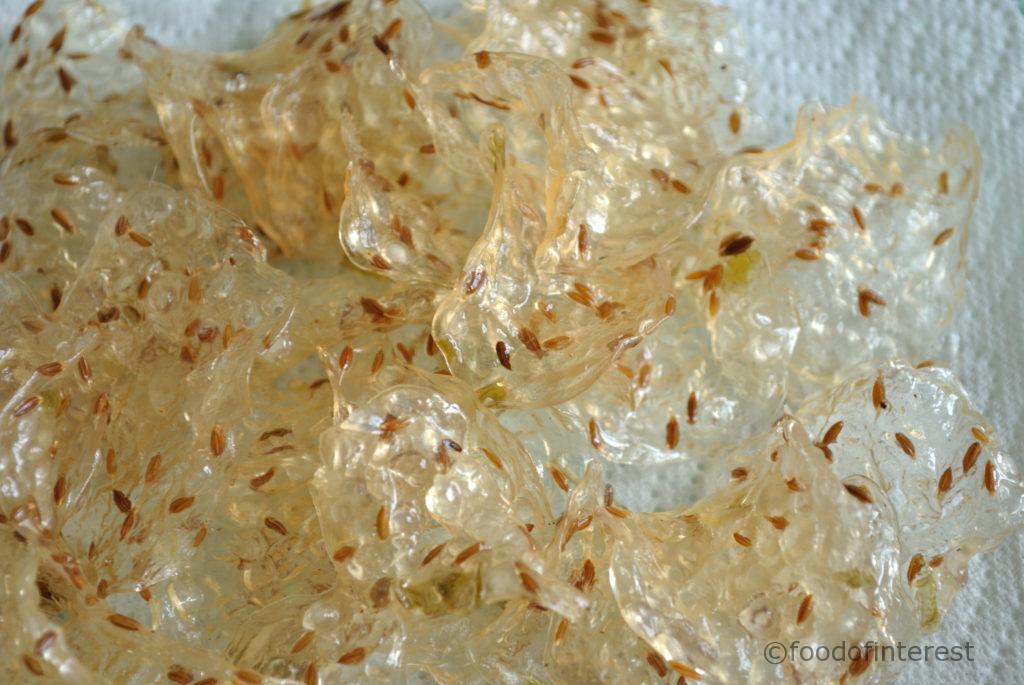
So here we are bringing you an easy recipe of sabbakki happala. Sago pearls or sabudana are boiled and thickened. It is then poured in small ladlefuls onto greaseproof sheet and sun dried for 2-3 days! It’s indeed a lot fo fun to make these happala. And unlike a common misconception, making sabbakki happala need not be time consuming. Try more homemade recipes from FOI, masalas and more!
Sabudana Recipes:
Sabudana Khichdi
Sabudana Tikki
Sabudana Payasa
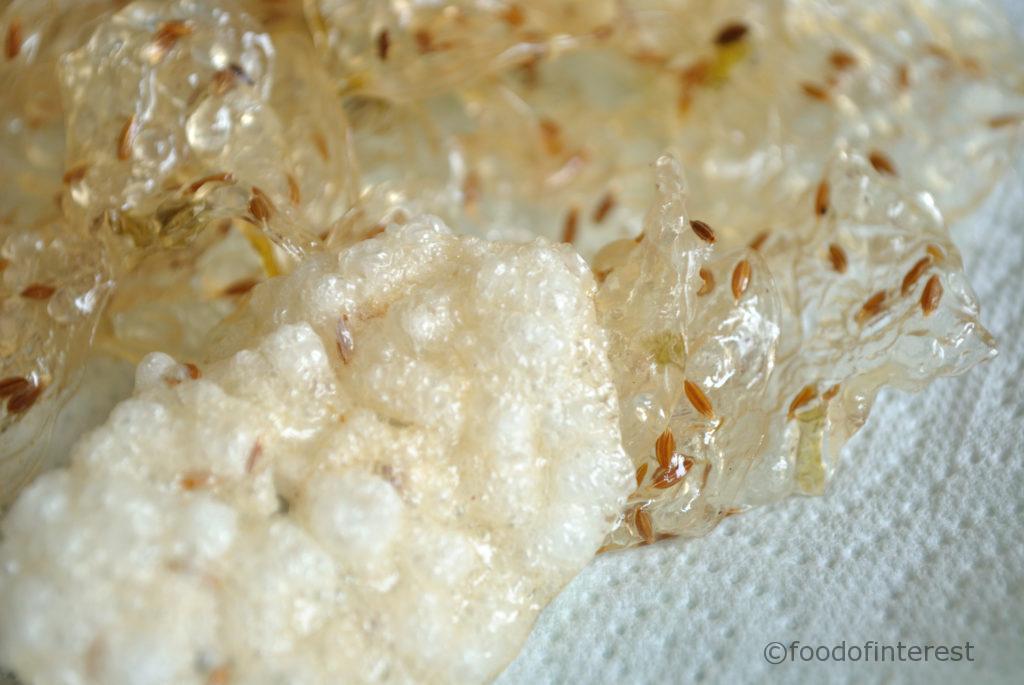
- ½ Cup sabudana/sabbakki/sago
- 2¼ Cups water
- 1 green chilli
- 2 Tsp jeera/cumin
- Salt to taste
- 1 pinch hing
- 1 Tbsp lemon juice
- In a bowl, take sabudana/sabbakki/sago, give it a good rinse
- Soak sabudana in enough water for 4 hours
- After sabudana has soaked, press a sabudana pearl in between your fingers to check if it gets mashed easily
- Bring 2¼ cups water to a light boil
- Drain water from soaked sabudana and add this into the hot water and give it a stir
- Roughly chop green chilli and pound into a coarse paste using mortar and pestle
- Add this green chilli paste into the sabudana mixture
- Now add salt as per your taste, requires about ½ Tsp of salt
- Mix everything well
- Add jeera and a pinch of hing
- Squeeze in lemon juice
- Keep stirring till the mixture starts to thicken. It also froths up a bit
- Keep boiling till the mixture thickens and sabudana pearls start to turn translucent
- Line big trays with grease proof paper and oil them
- Once the sabudana mixture cools down a bit, pour small ladelfuls onto the oiled paper/plastic
- Keep it outside in blazing sun and let it dry
- The surface dries up and starts losing moisture
- After 1 day, sabbakki happala looks like this
- Dry it for a further 1 or 2 days till it completely dries up
- Sabbakki happala is ready when they don't have any cloudy opaque parts
- Once they are completely rid of moisture, store the dried happala in an air tight container
- To fry sabbakki happala, heat oil in a pan
- Gently add the dried happala and allow it to bloom in hot oil
- Drain excess oil on kitchen towels and enjoy crunchy sabbakki happala
Along with jeera you can optionally add sesame seeds
While frying happala in oil, ensure it is not very hot
You should have good few hours of sunshine to evenly dry happala
Recipe can be doubled, adjust spices and salt accordingly
Sabbakki Happala Stepwise:
In a bowl, take sabudana/sabbakki/sago, give it a good rinse
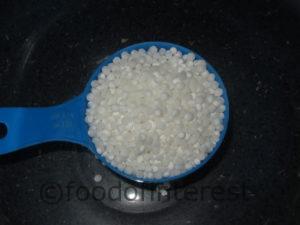
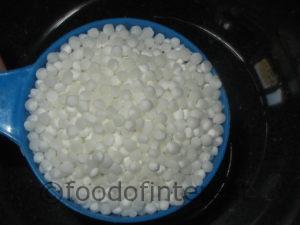
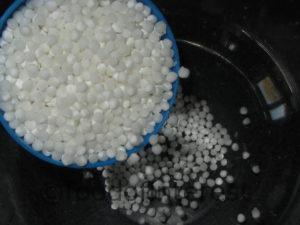
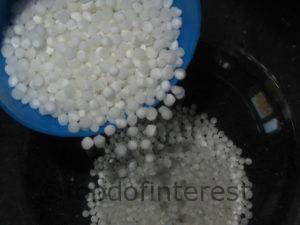
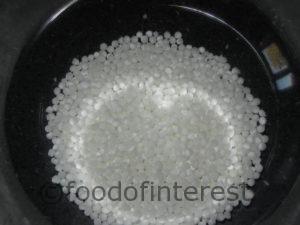
Soak sabudana in enough water for 4 hours

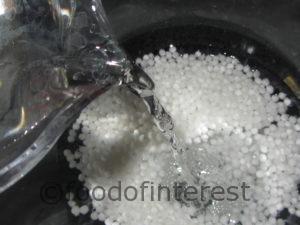
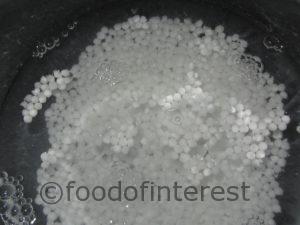
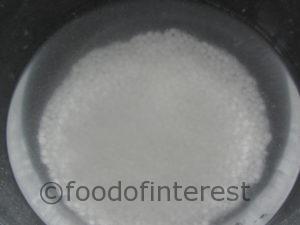
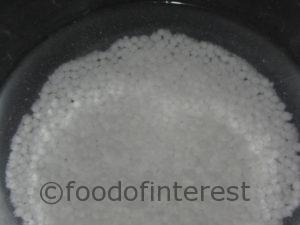
After sabudana has soaked, press a sabudana pearl in between your fingers to check if it gets mashed easily

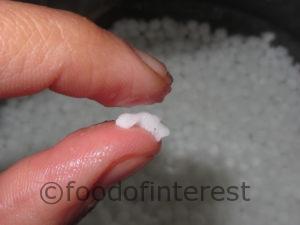
Bring 2 1/4 cups water to a light boil
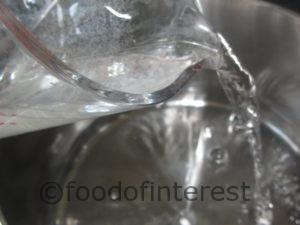
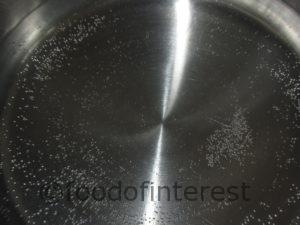
Drain water from soaked sabudana and add this into the hot water and give it a stir
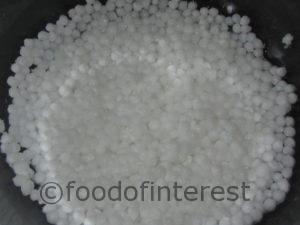
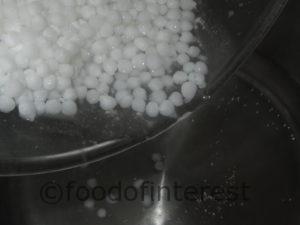
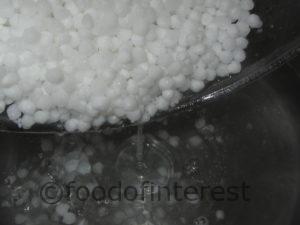
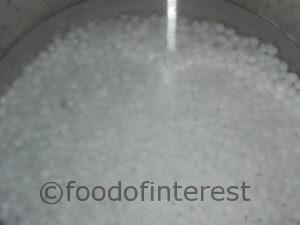
Roughly chop green chilli and pound into a coarse paste using mortar and pestle
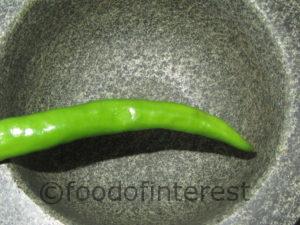
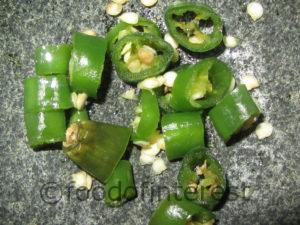
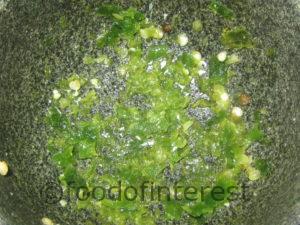
Add this green chilli paste into the sabudana mixture
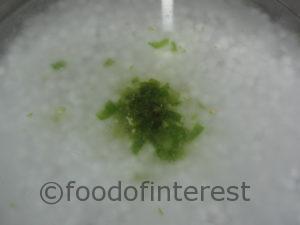
Now add salt as per your taste, requires about 1/2 Tsp of salt
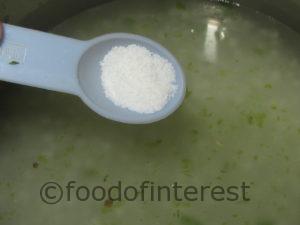
Mix everything well
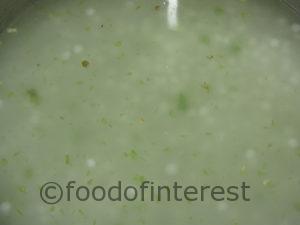
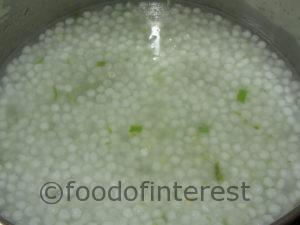
Add jeera and a pinch of hing
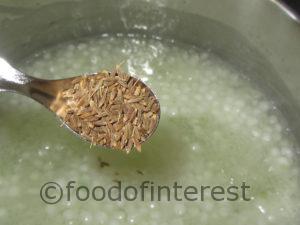
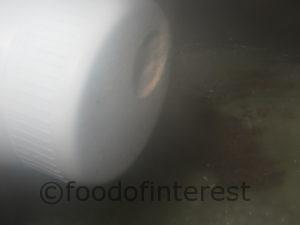
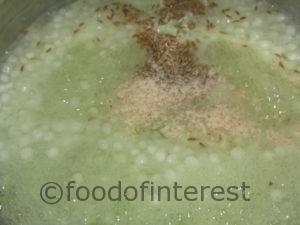
Squeeze in lemon juice

Keep stirring till the mixture starts to thicken. It also froths up a bit
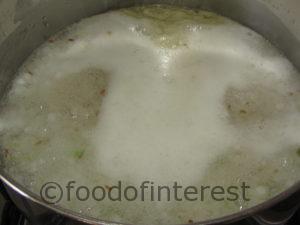
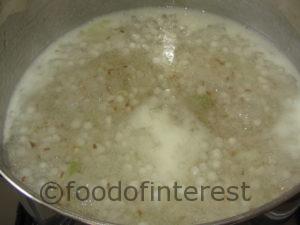
Keep boiling till the mixture thickens and sabudana pearls start to turn translucent
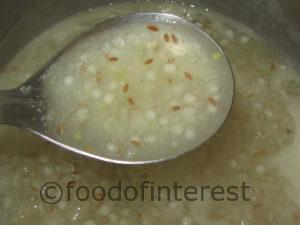
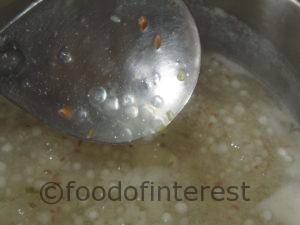
Line big trays with grease proof paper and oil them
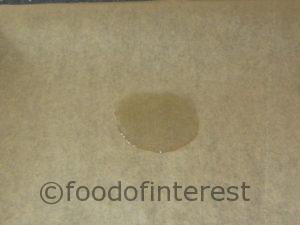
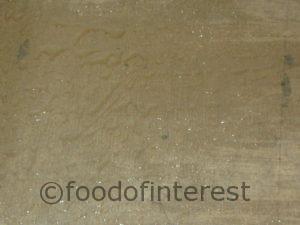
Once the sabudana mixture cools down a bit, pour small ladelfuls onto the oiled paper/plastic
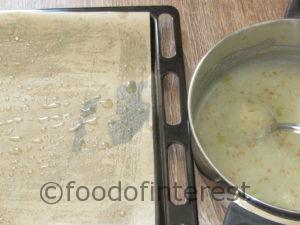
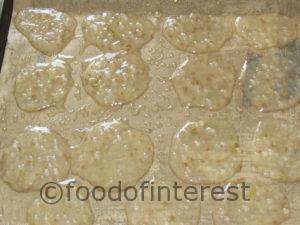
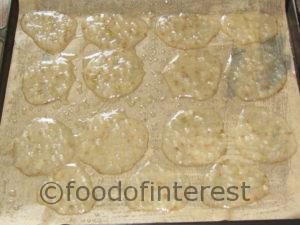
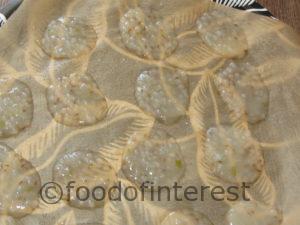
Keep it outside in blazing sun and let it dry


The surface dries up and starts losing moisture

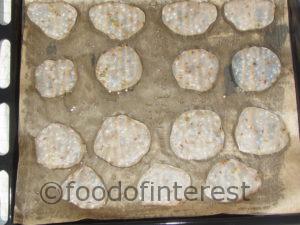
After 1 day, sabbakki happala looks like this

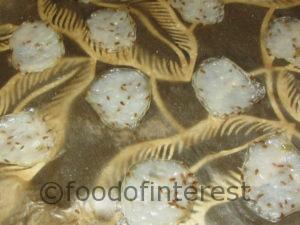
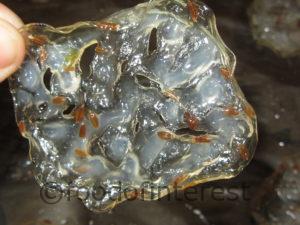
Dry it for a further 1 or 2 days till it completely dries up
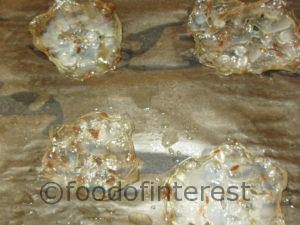
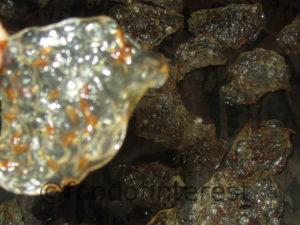
Sabbakki happala is ready when they don't have any cloudy opaque parts
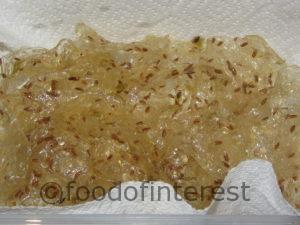
Once they are completely rid of moisture, store the dried happala in an air tight container

To fry sabbakki happala, heat oil in a pan
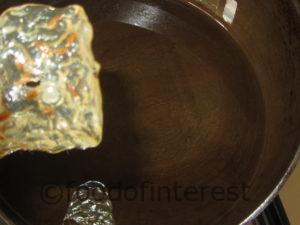
Gently add the dried happala and allow it to bloom in hot oil
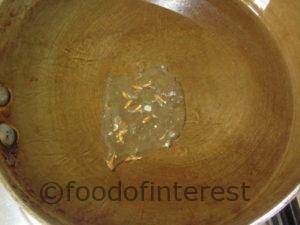
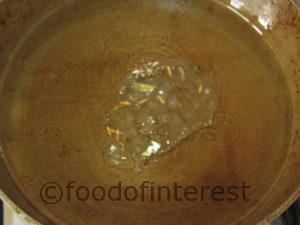
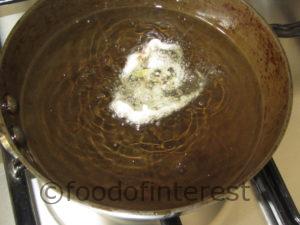
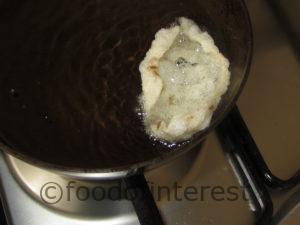
Drain excess oil on kitchen towels and enjoy crunchy sabbakki happala
